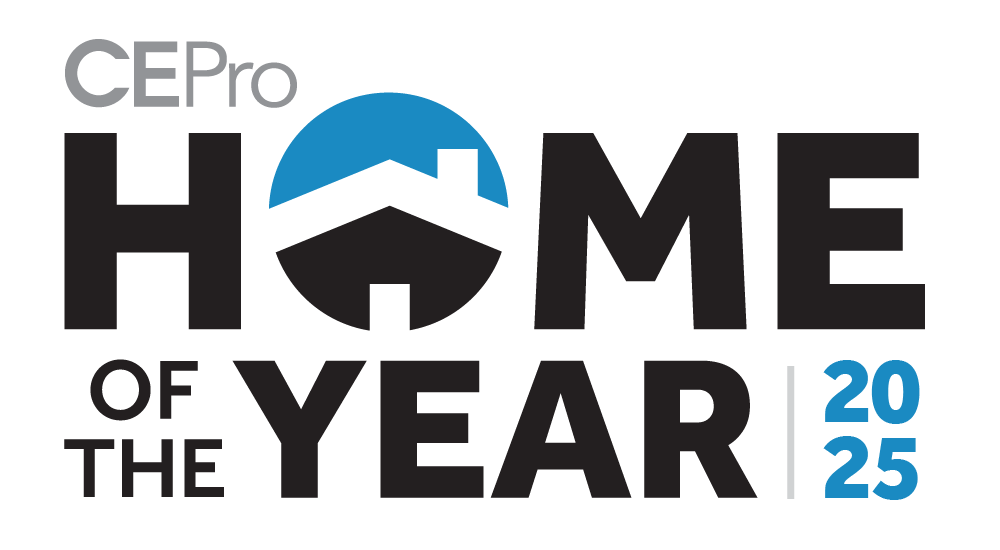D&H Distributing, a provider of SMB and consumer technologies to the North American high-tech channel, is spearheading an effort to drive WiFi 6-enabled networks in the marketplace, including Intel-powered laptops, routers from Cisco, NETGEAR, and ASUS; plus an array of smart home devices.
D&H’s effort to help partners implement WiFi 6-enabled equipment addresses the growth of more sophisticated work-from-home (WFH) networks due to social distancing mandates, and the extensive new bandwidth requirements of these environments.
The national distributor explains the trend toward WiFi 6 and 5G devices evolved from the efficiency levels that employees have become used to in the workplace, including instant-on computing and nearly non-existent latency. Now as the business community adjusts to COVID-19’s restrictions, teleworkers have been forced not only to conduct business from their households, but to share bandwidth with family members 24/7. Many industry experts predict that a certain percentage of telecommuting will continue to be status quo in the professional community going forward, now that WFH networks have been successfully implemented in so many contexts.
This scenario often results in working spouses and children simultaneously consuming bandwidth for videoconferences, distance learning, streaming media, and gaming, amid a host of WiFi- or Alexa-enabled devices on the network. The WiFi 6 standard brings performance in these non-commercial settings back on par with the typical office infrastructure.
These home-based networks are now being dubbed “ProSumer” environments, reflecting a combination of business and consumer activities. Users have the choice to implement either out-of-the-box or more configurable WiFi 6-enabled routers from manufacturers like ASUS, Cisco, and NETGEAR. For example, the Cisco Meraki Go routers are easy-to-deploy, plug-and-play solutions that accommodate robust prosumer applications, both indoors and out. Systems like the NETGEAR’s Orbi home “mesh” computing solution involve multiple access points that are distributed throughout an environment to balance connectivity, avoiding dead spots in different rooms or floors. Or for more flexibility, advanced routers like the NETGEAR Nighthawk allow users to configure the unit as a wireless router or a repeating access point. And high speed DOCSIS 3.1 cable modems like the Motorola MB860010 help homeowners get the most out of their networks.
In addition to streaming and conferencing needs, many homeowners have accumulated a collection of smart devices or appliances that depend on the Internet to deliver automated and Amazon Alexa-compatible features. This could include anything from a Neato robotic vacuum; to the Ring doorbell surveillance system; connected lighting, thermostats, and door openers—even appliances like a smart fridge that alerts its owner when supplies are running low and reorders online as needed. All these units compete for bandwidth as they perform functions, report to phone apps, or interact with media hubs like the Echo.















